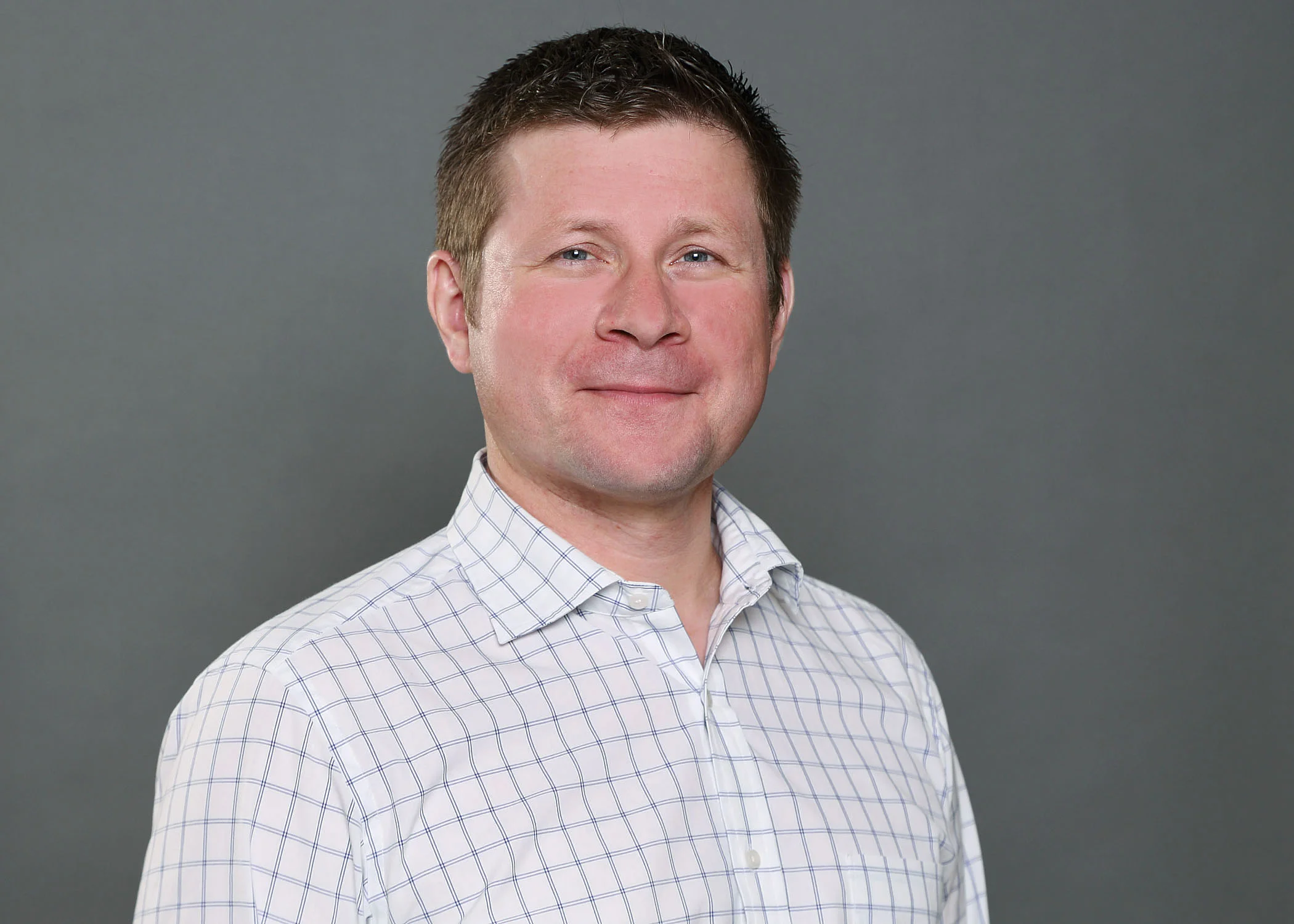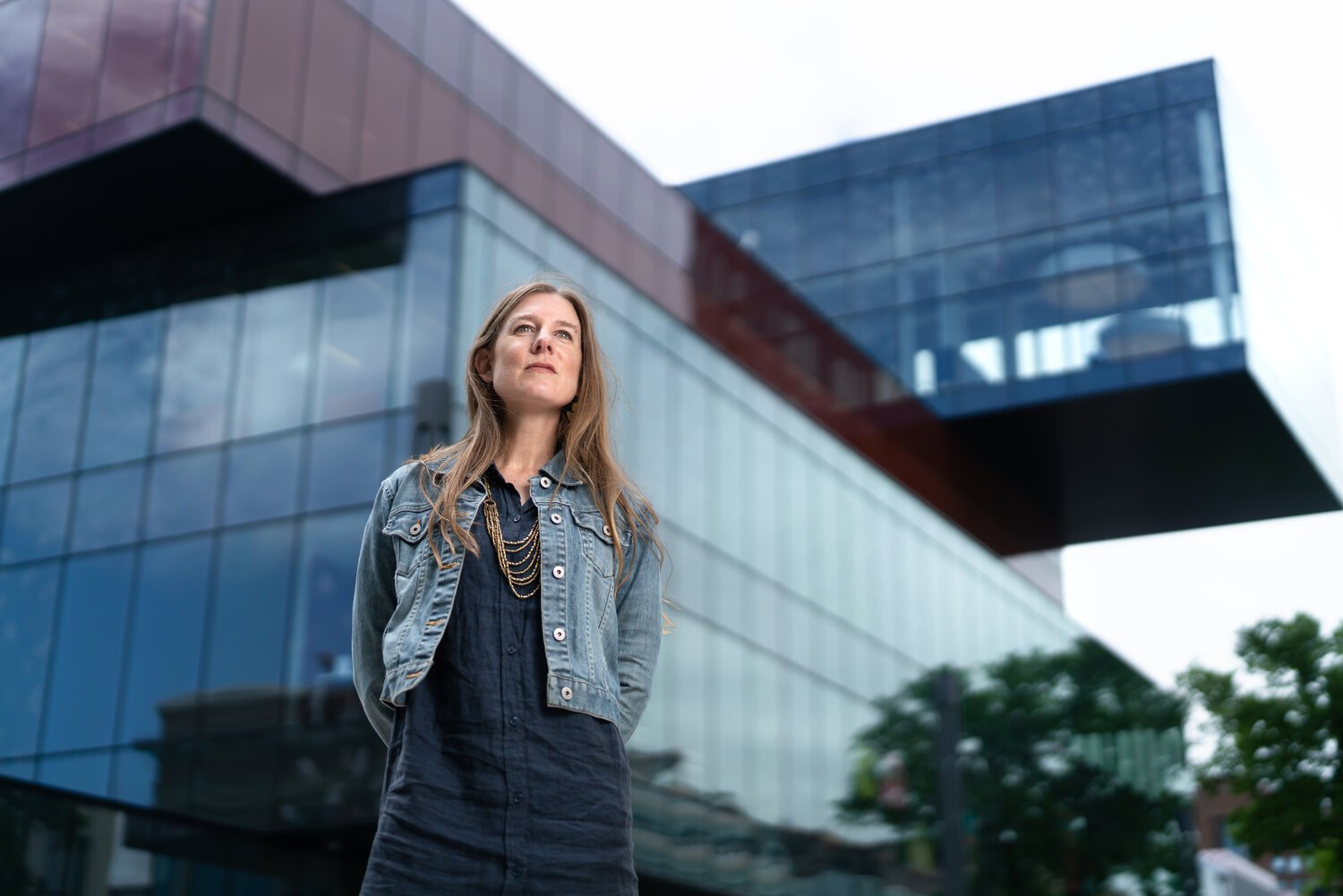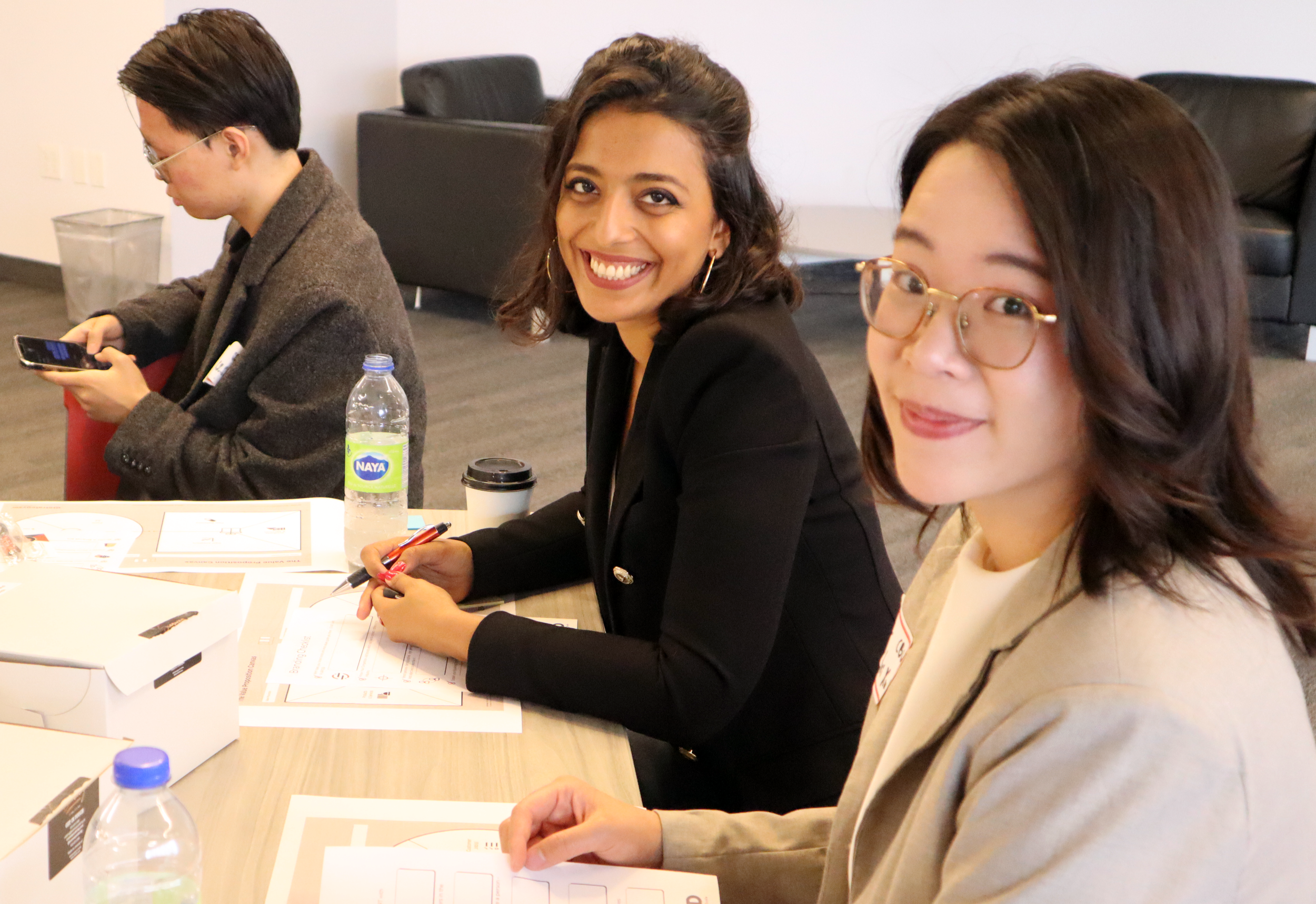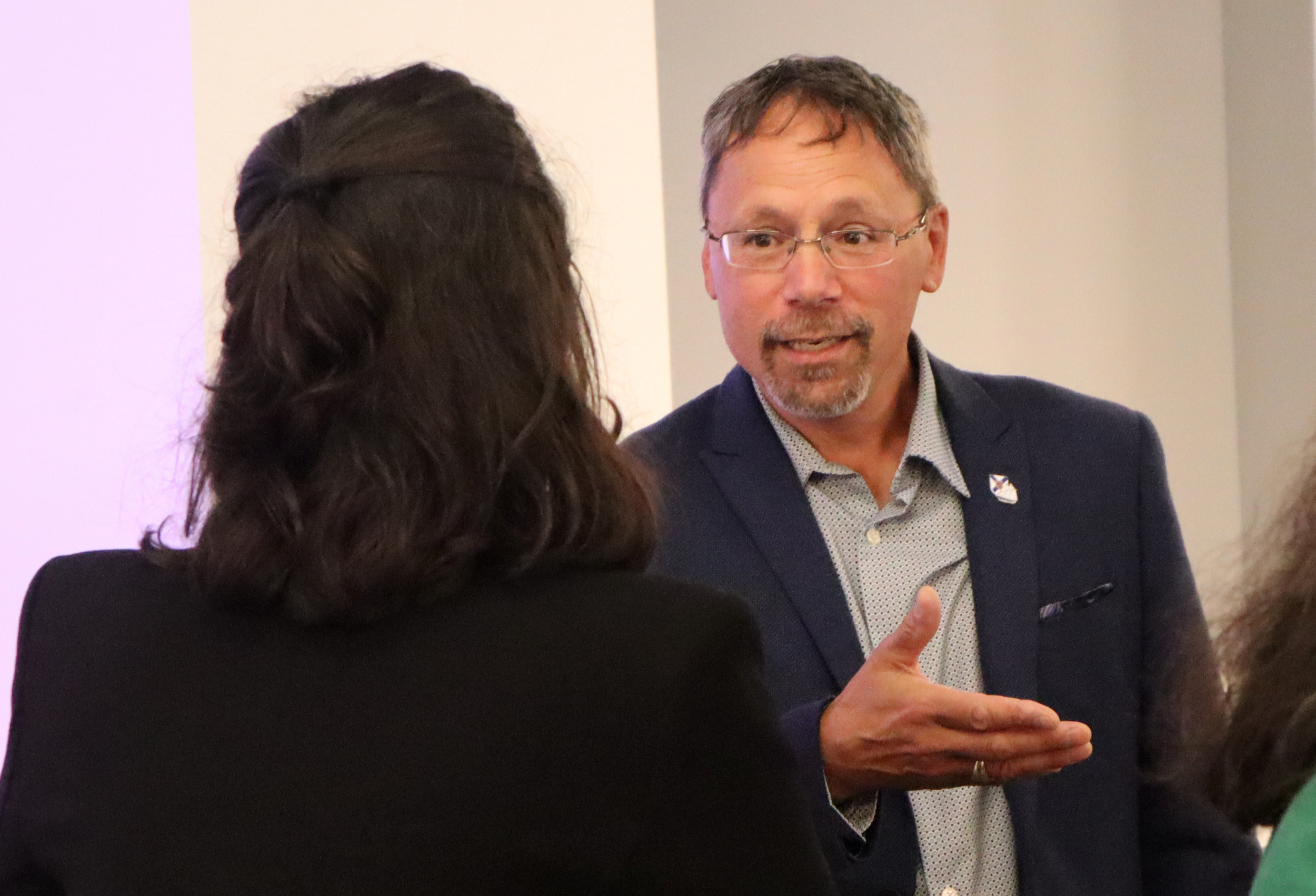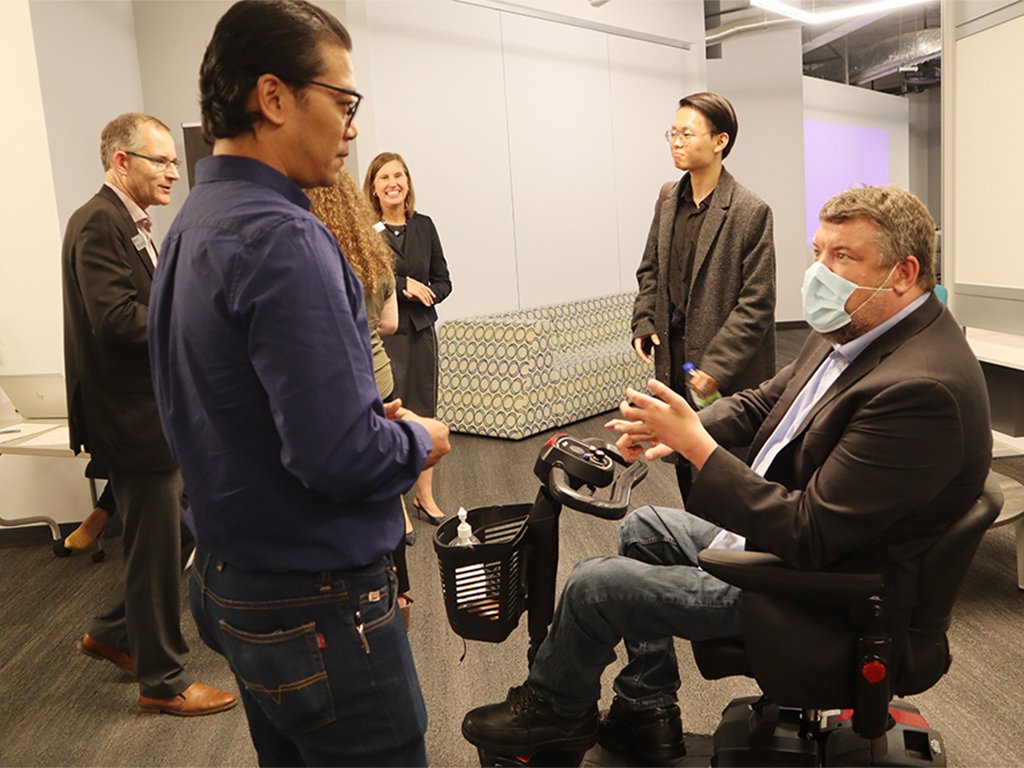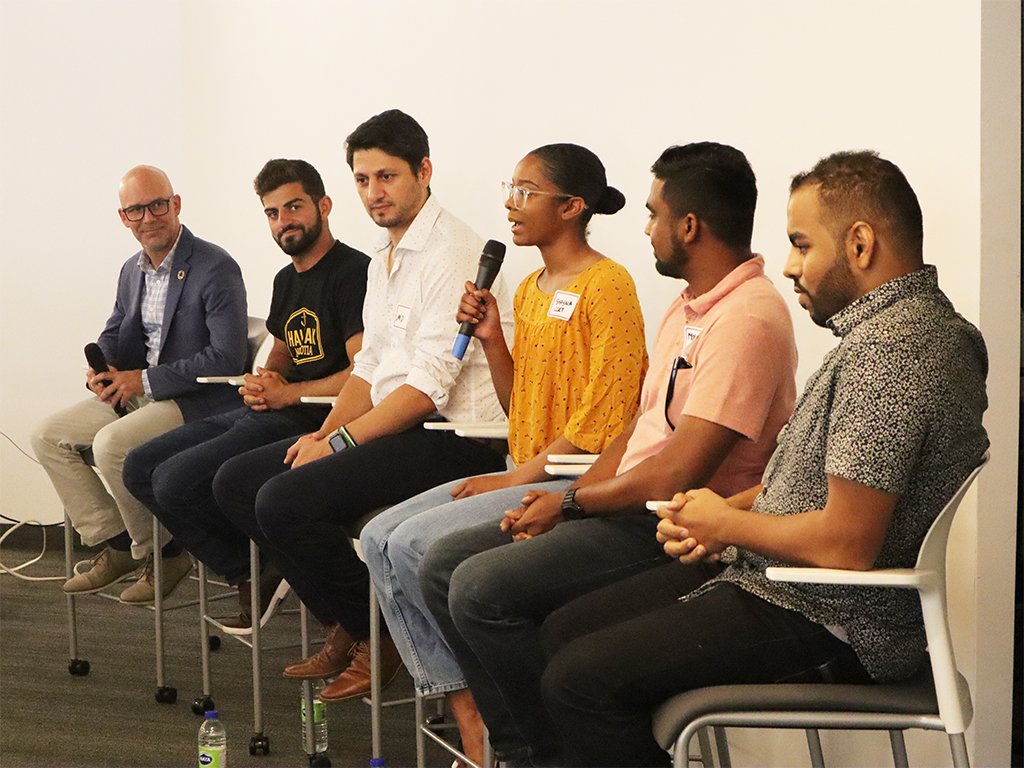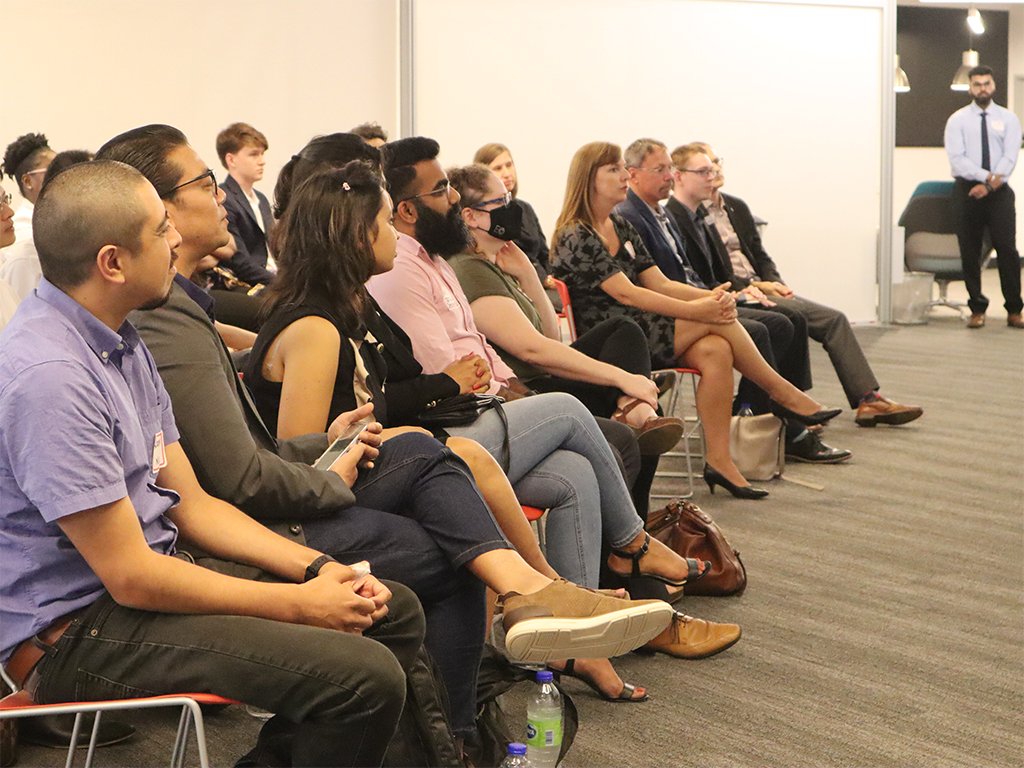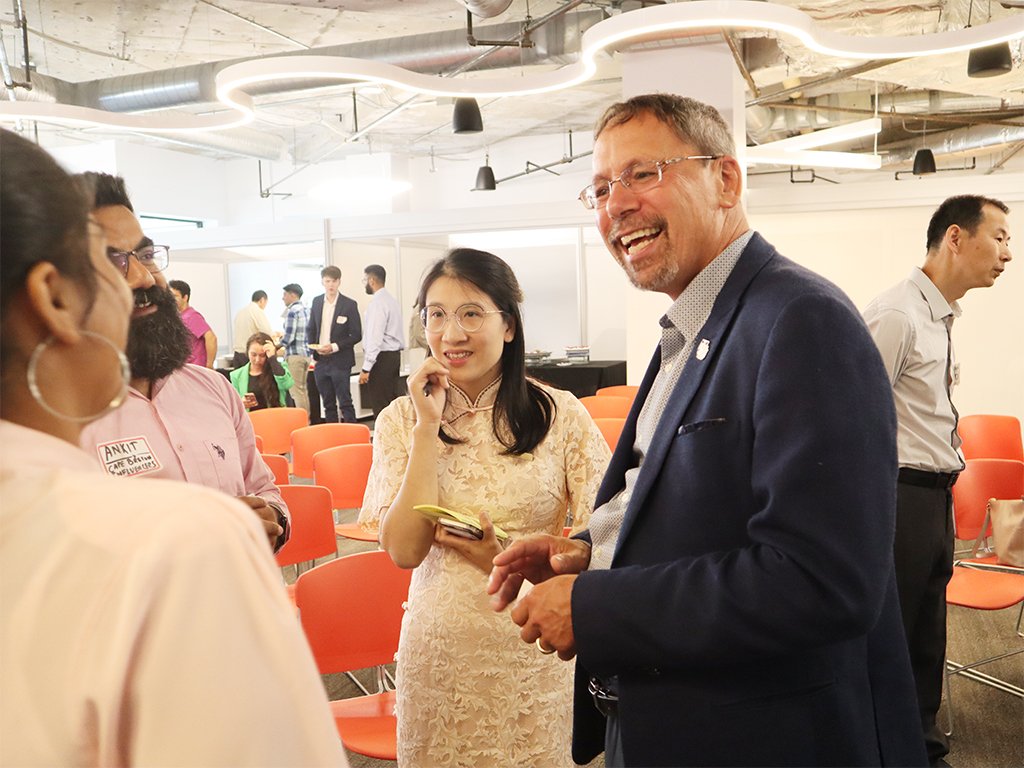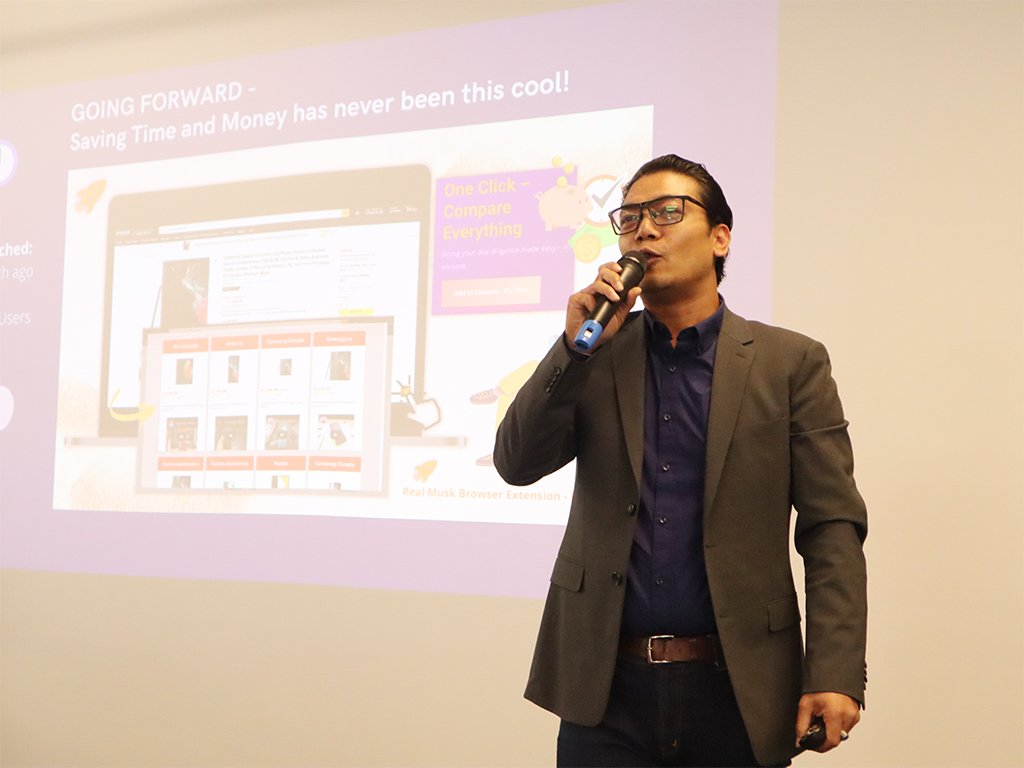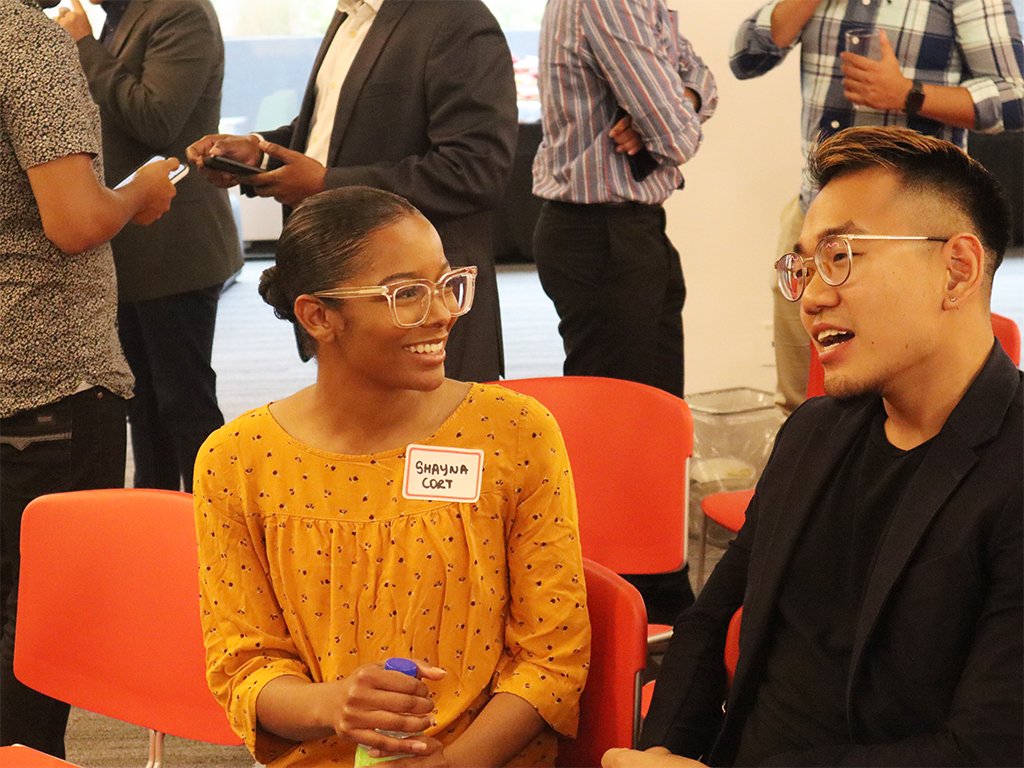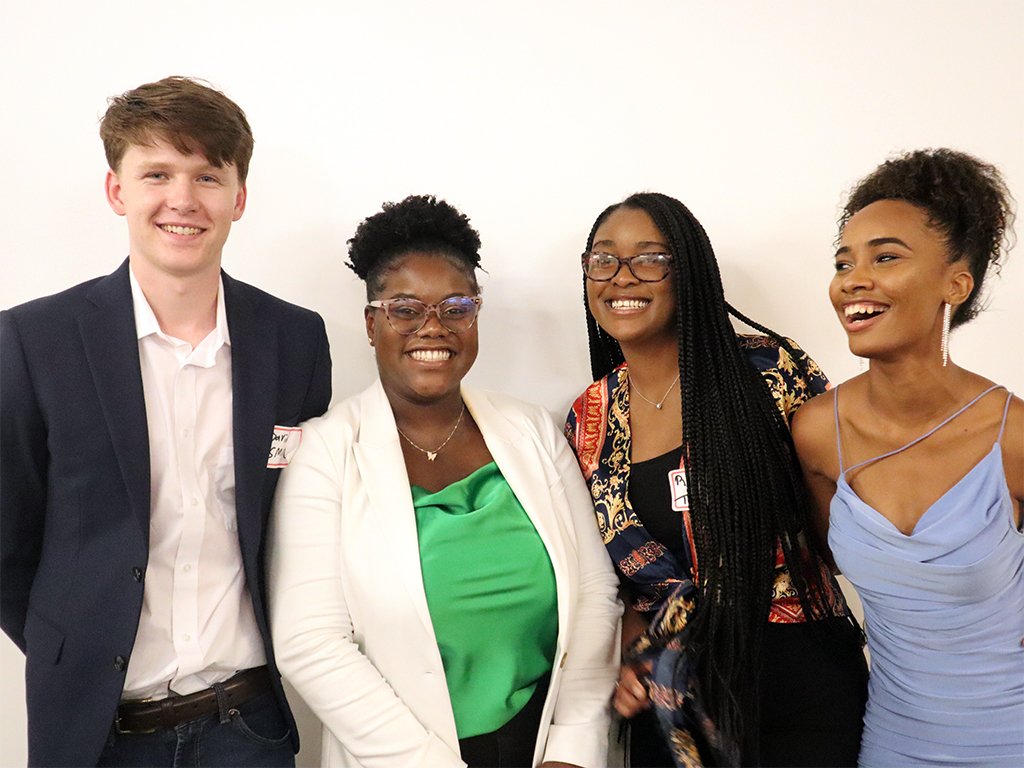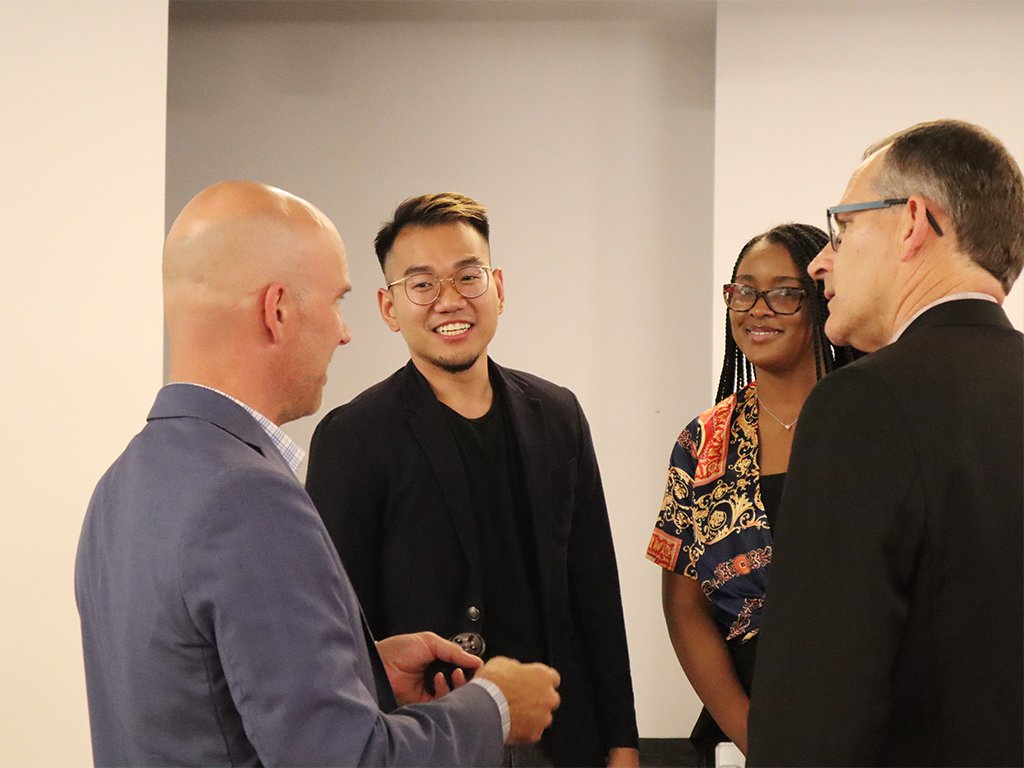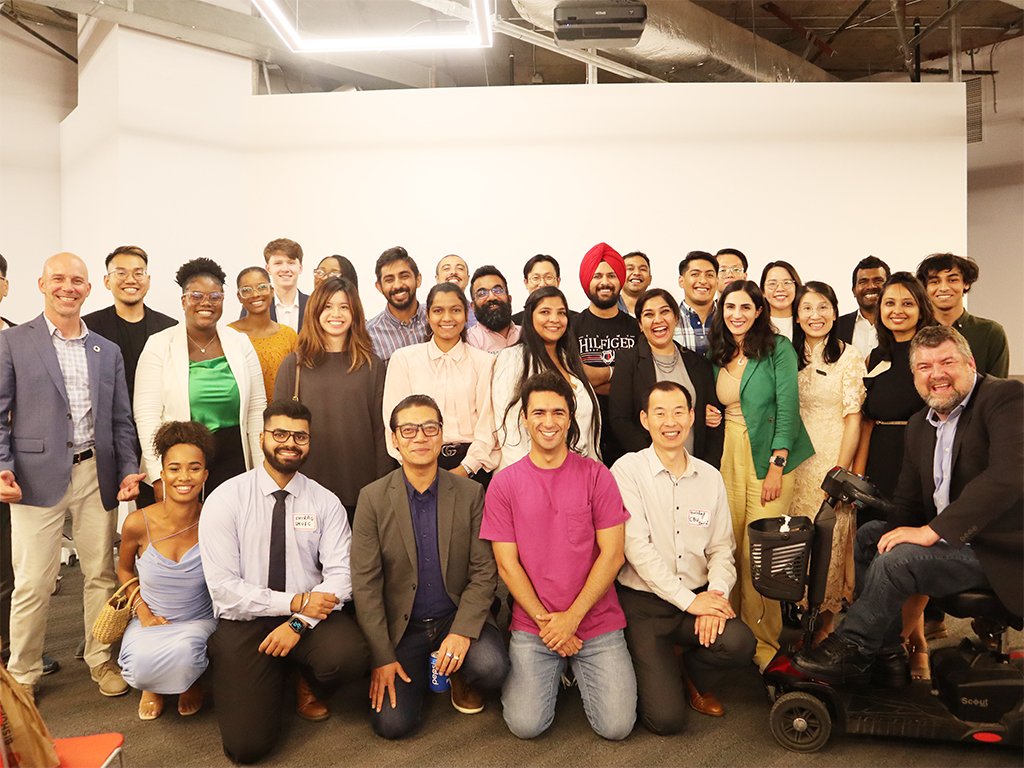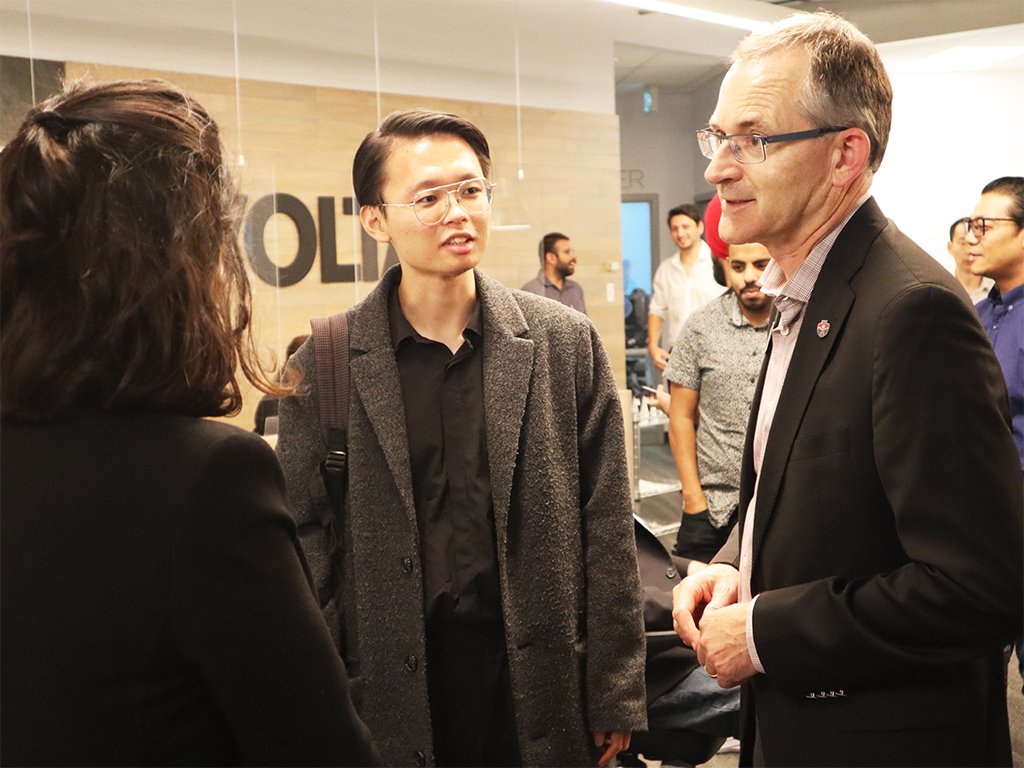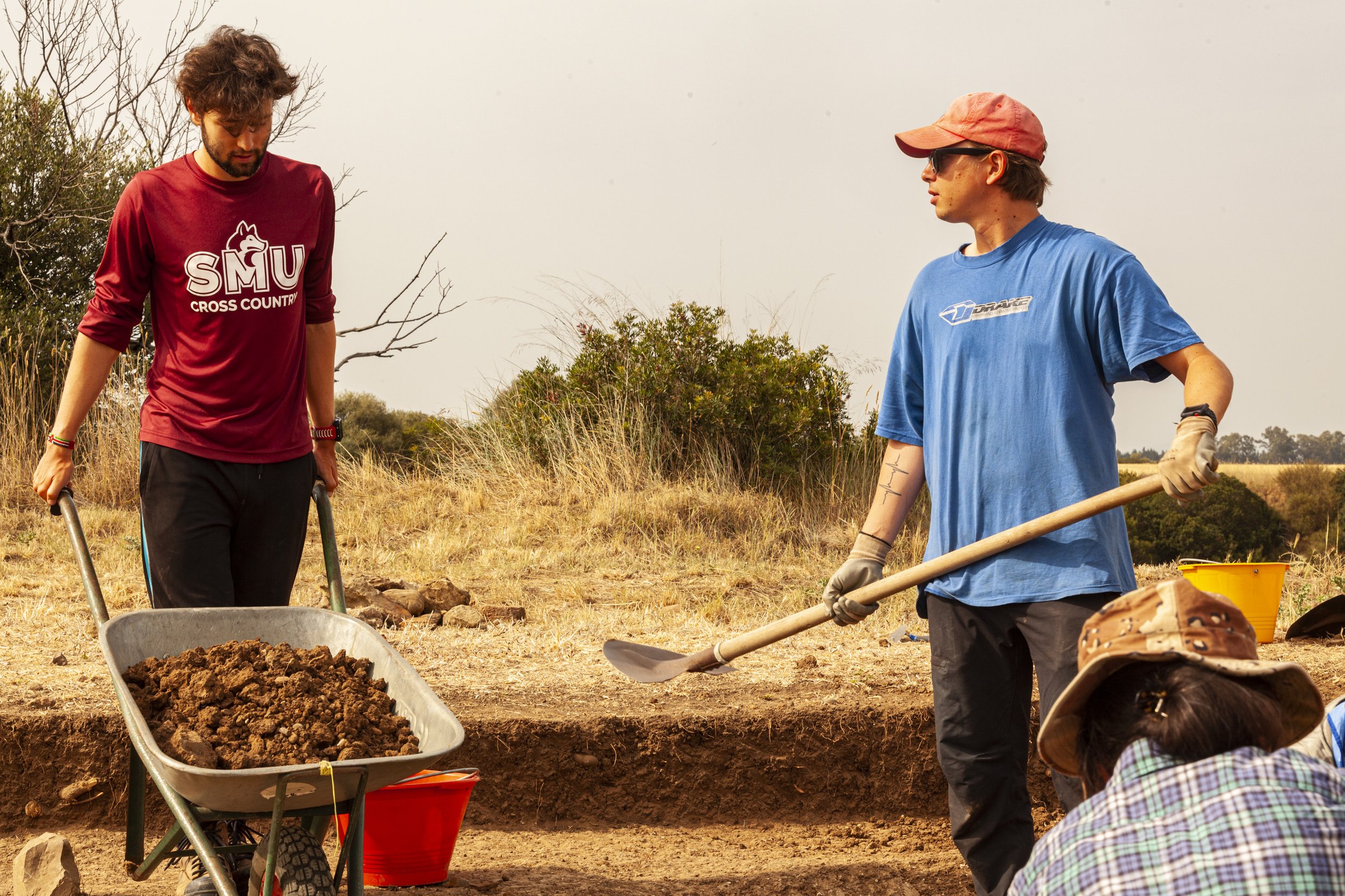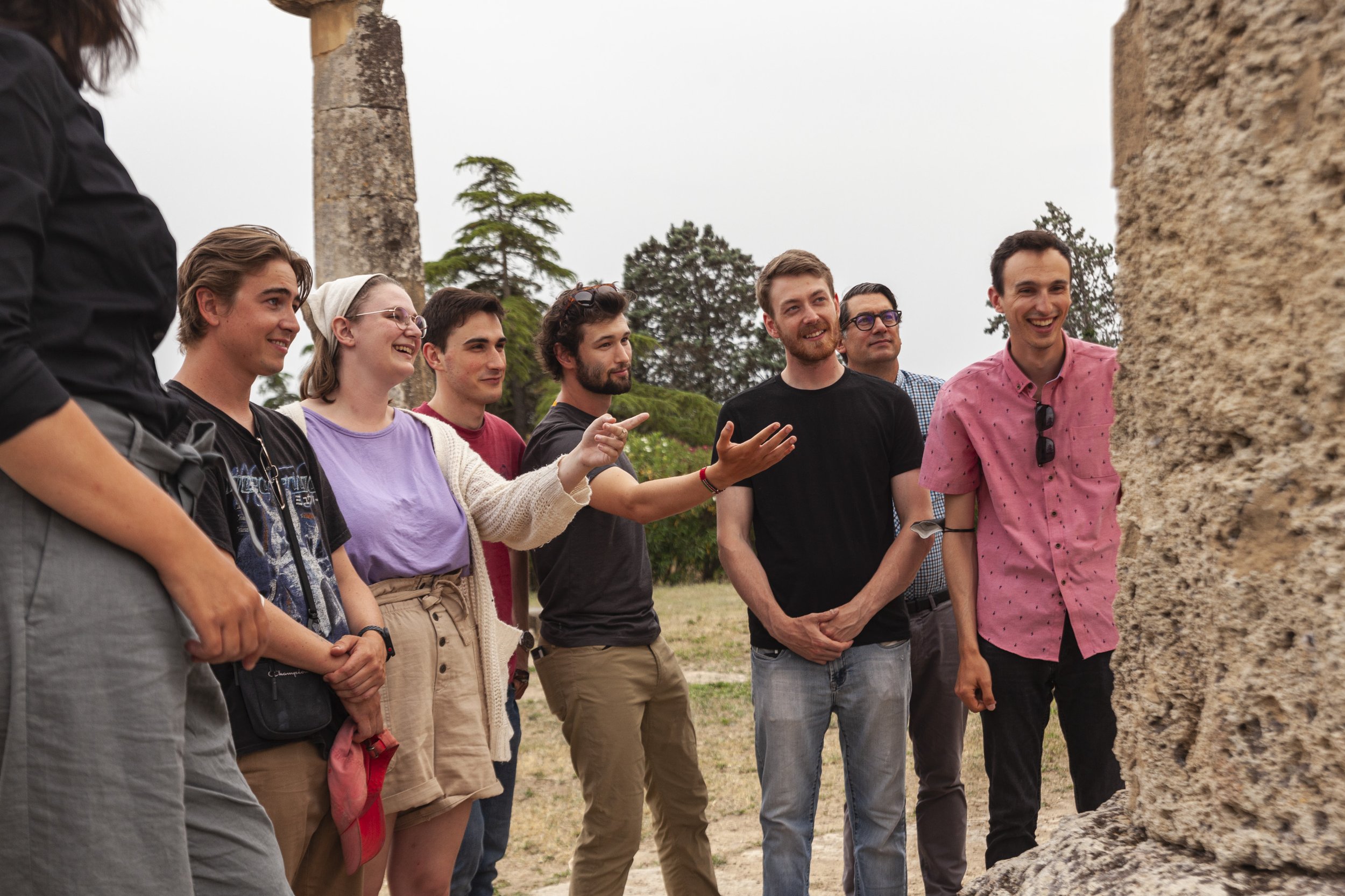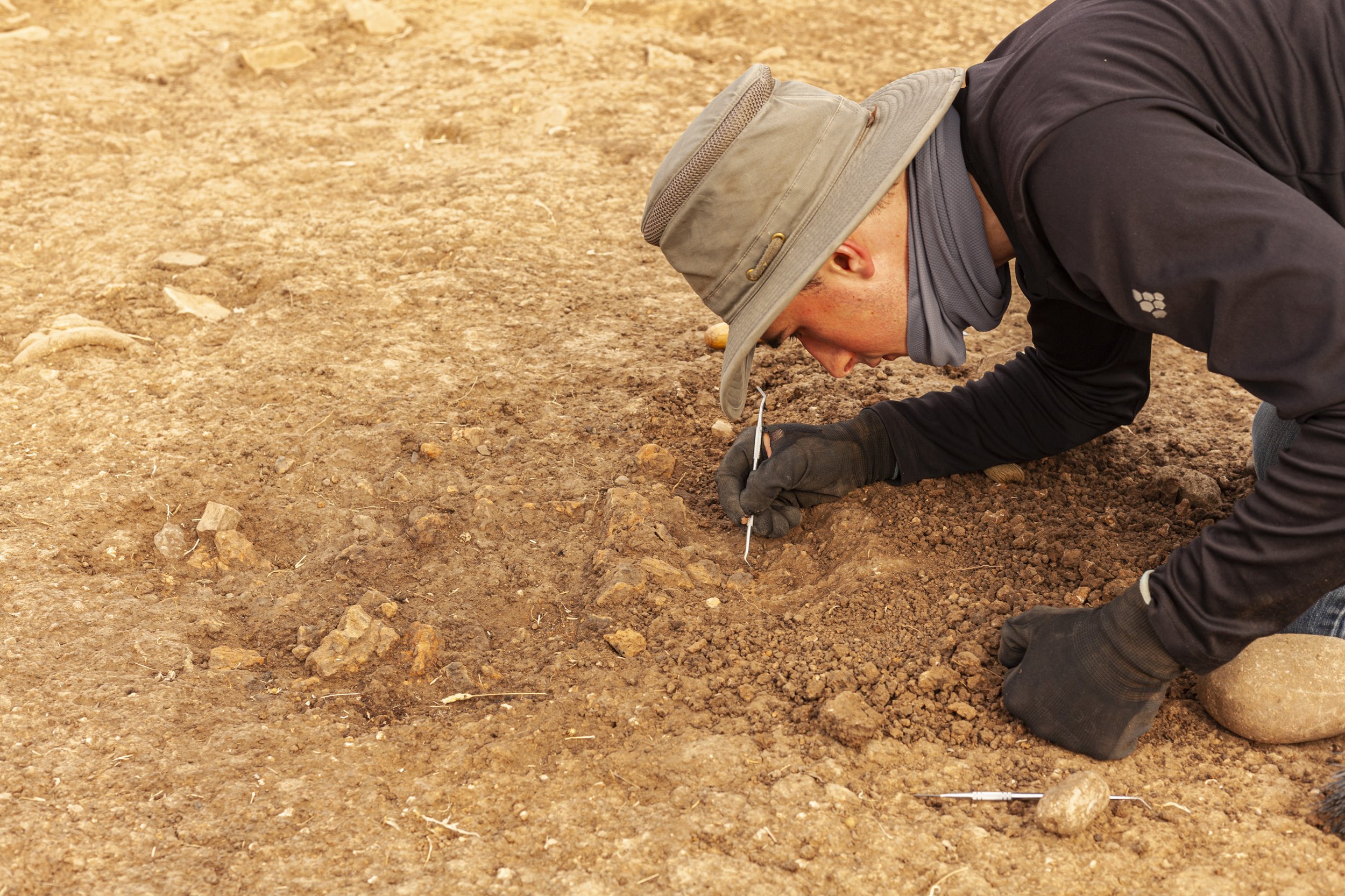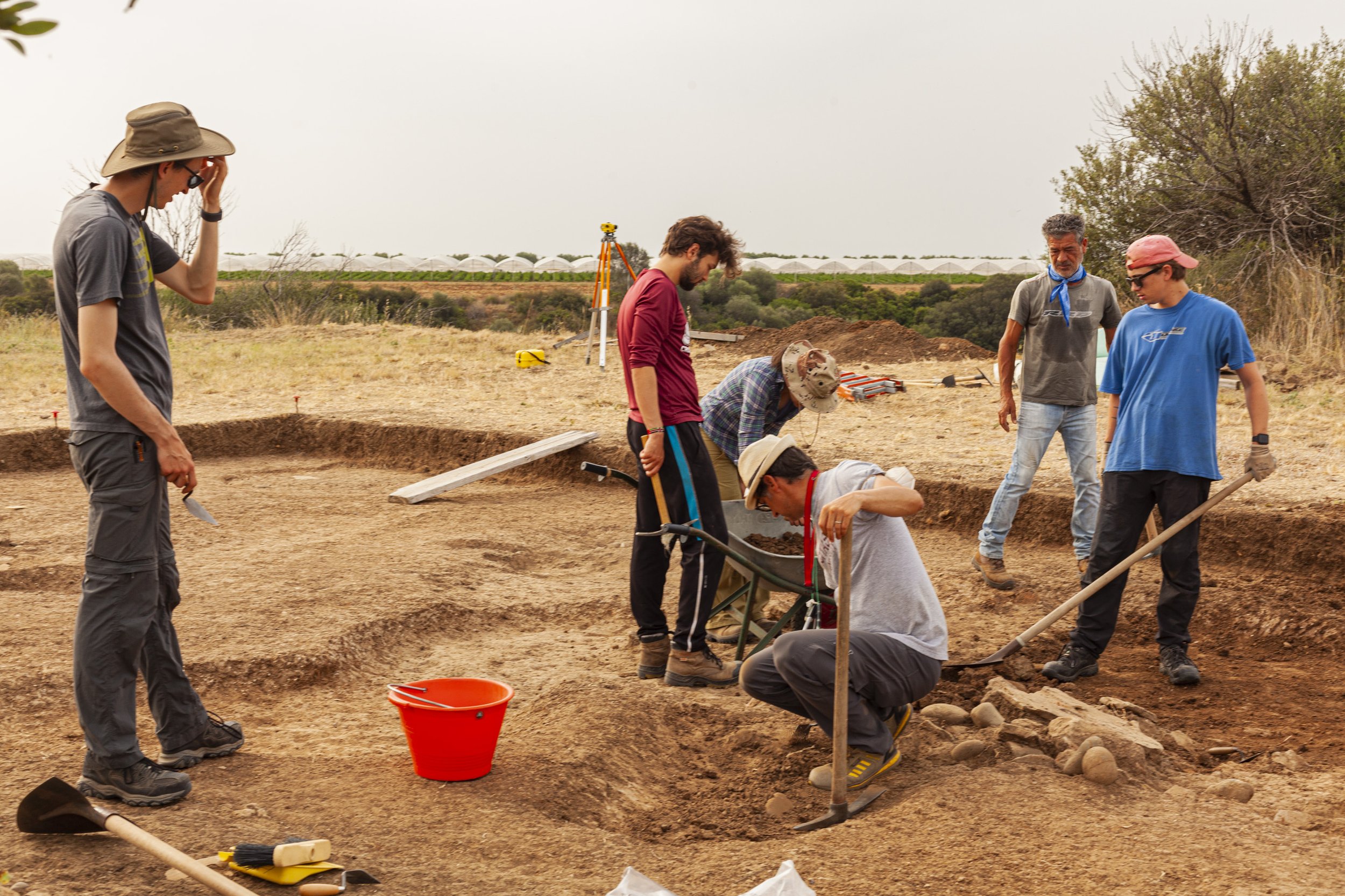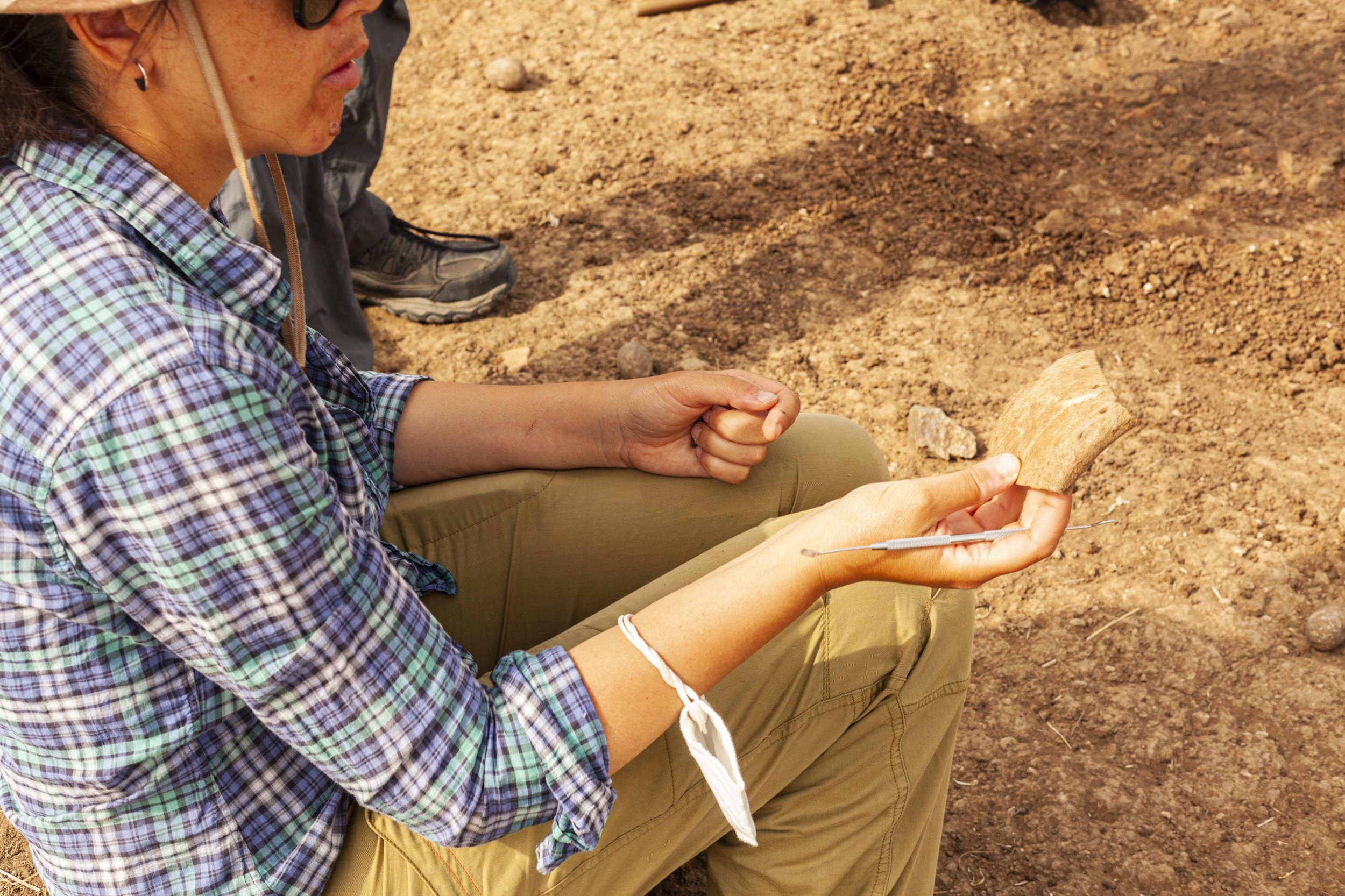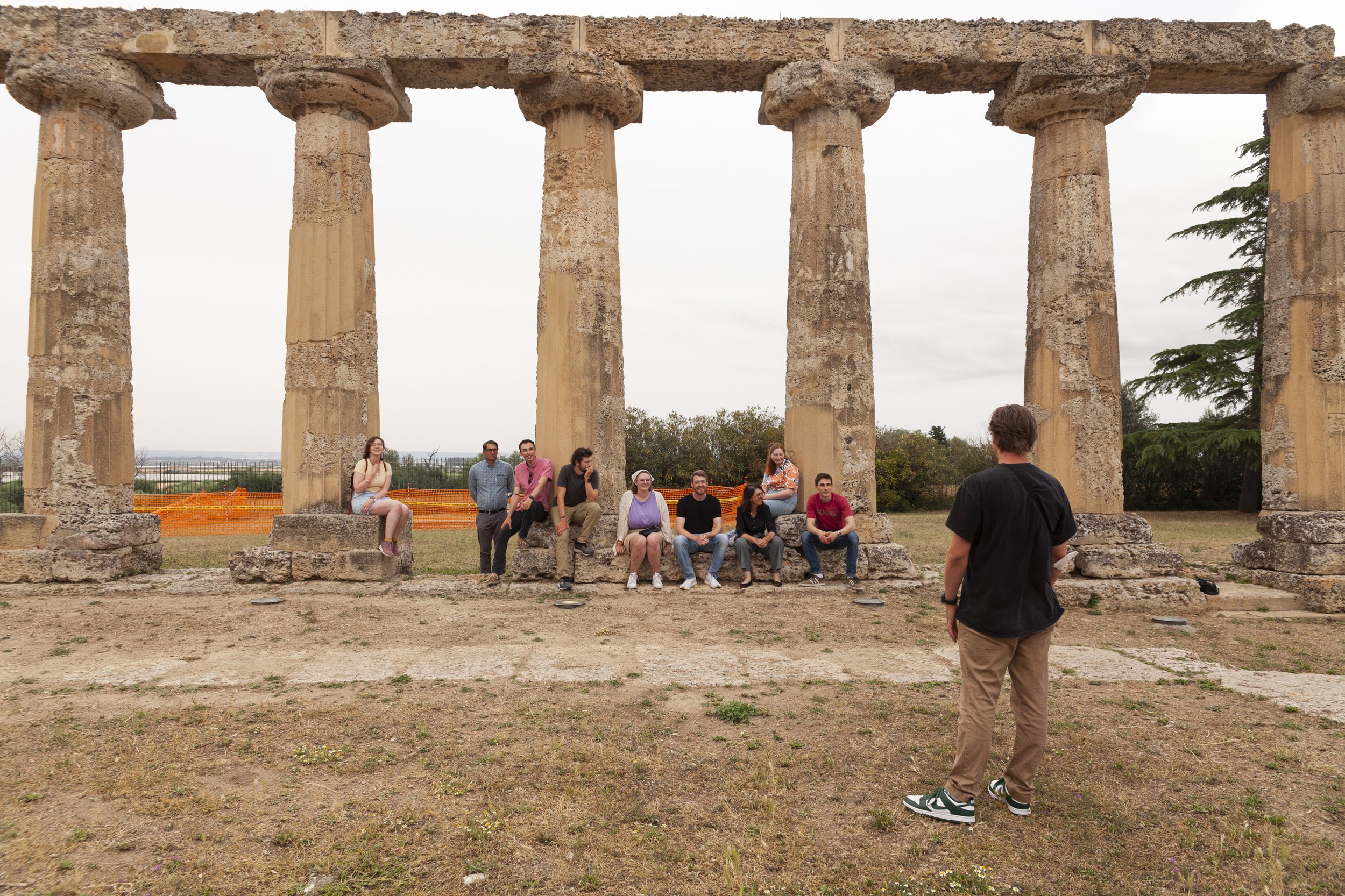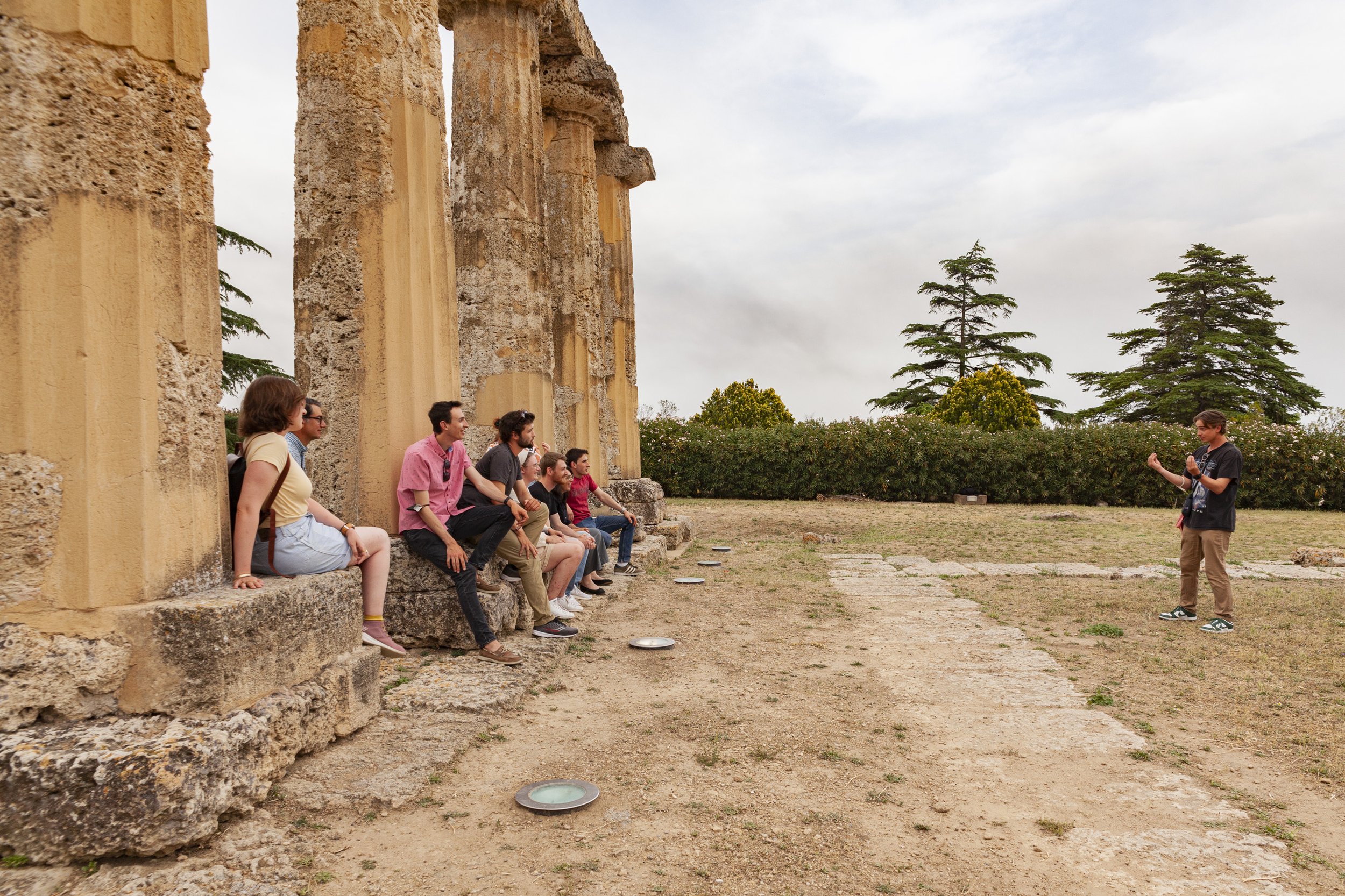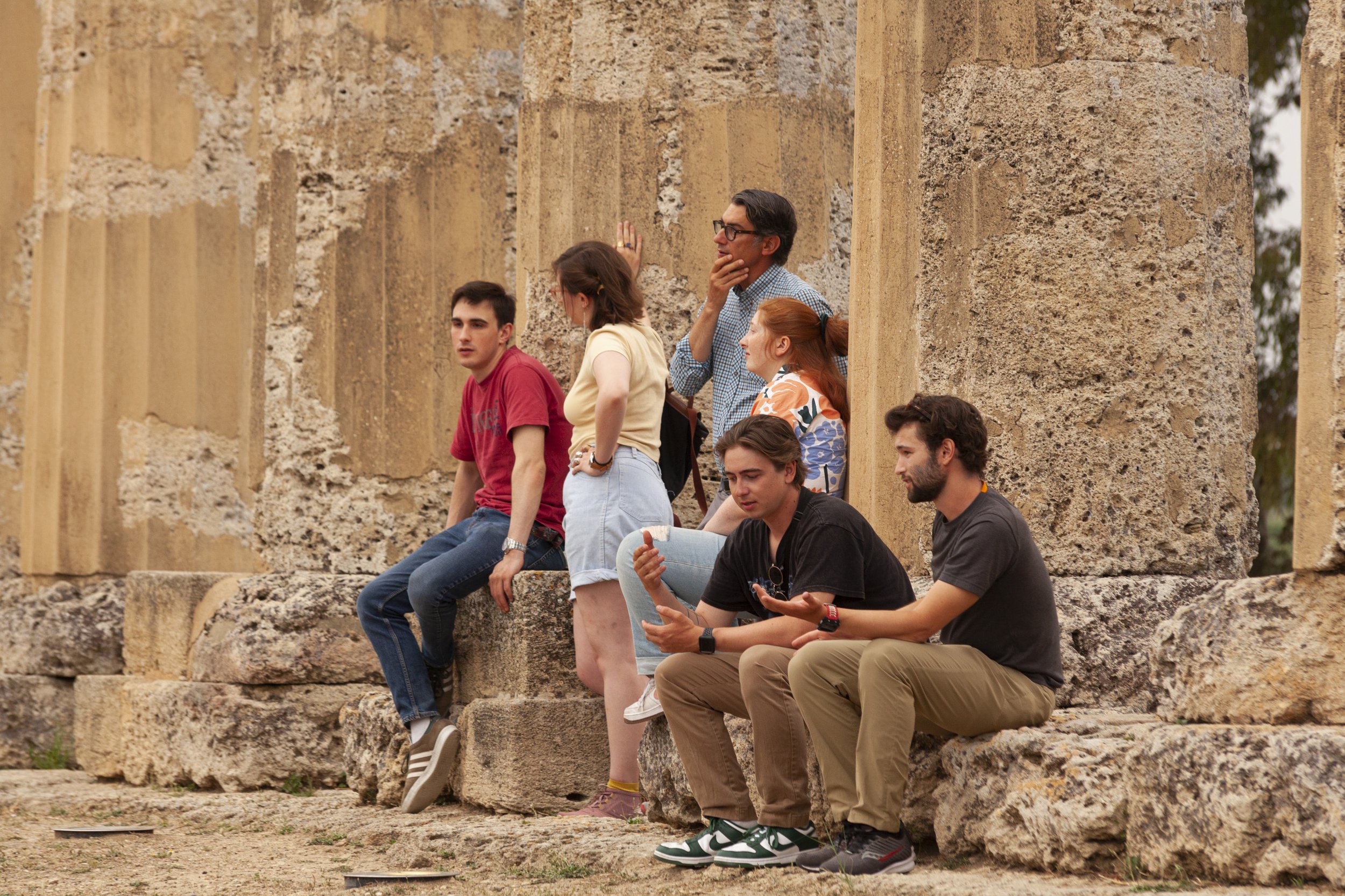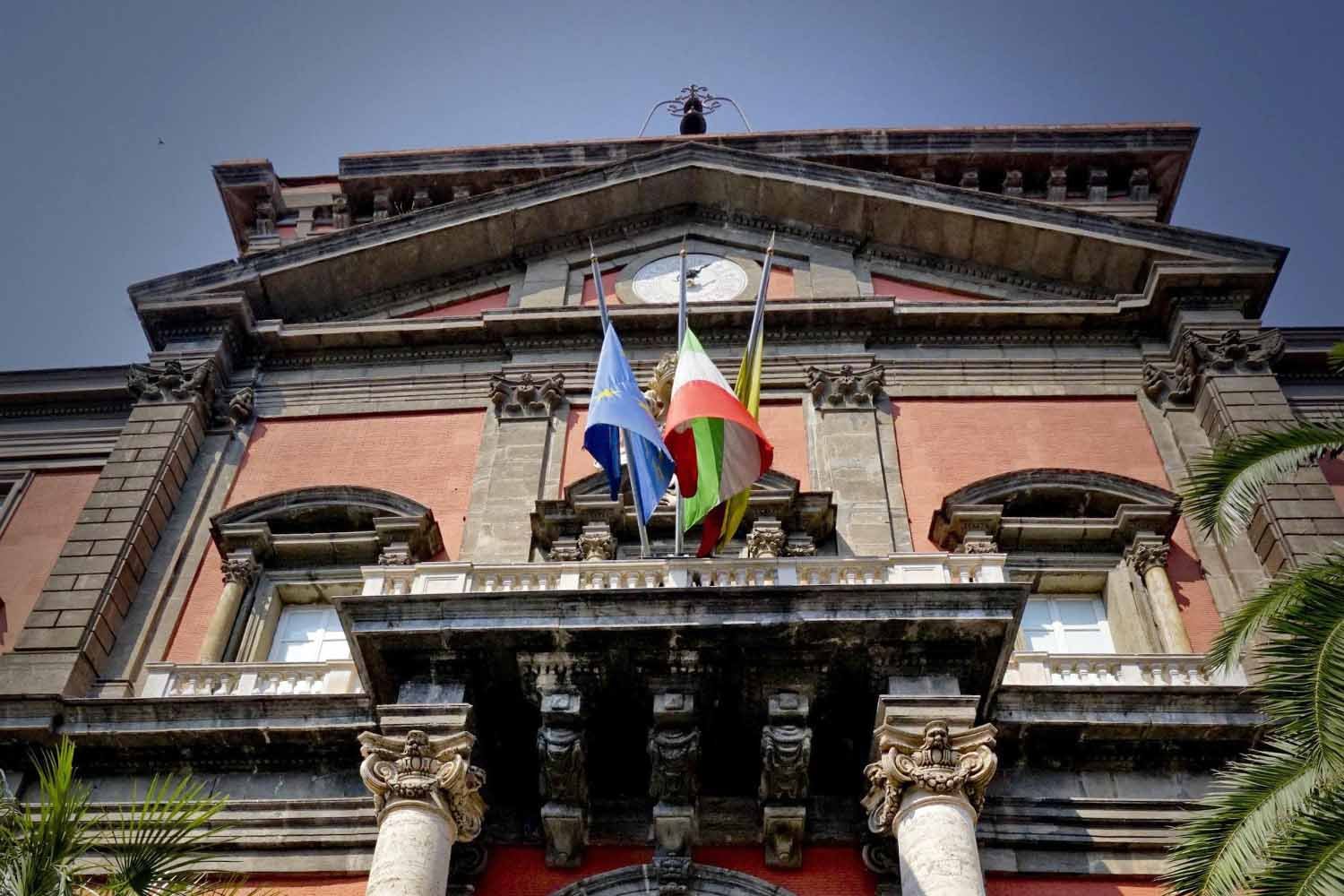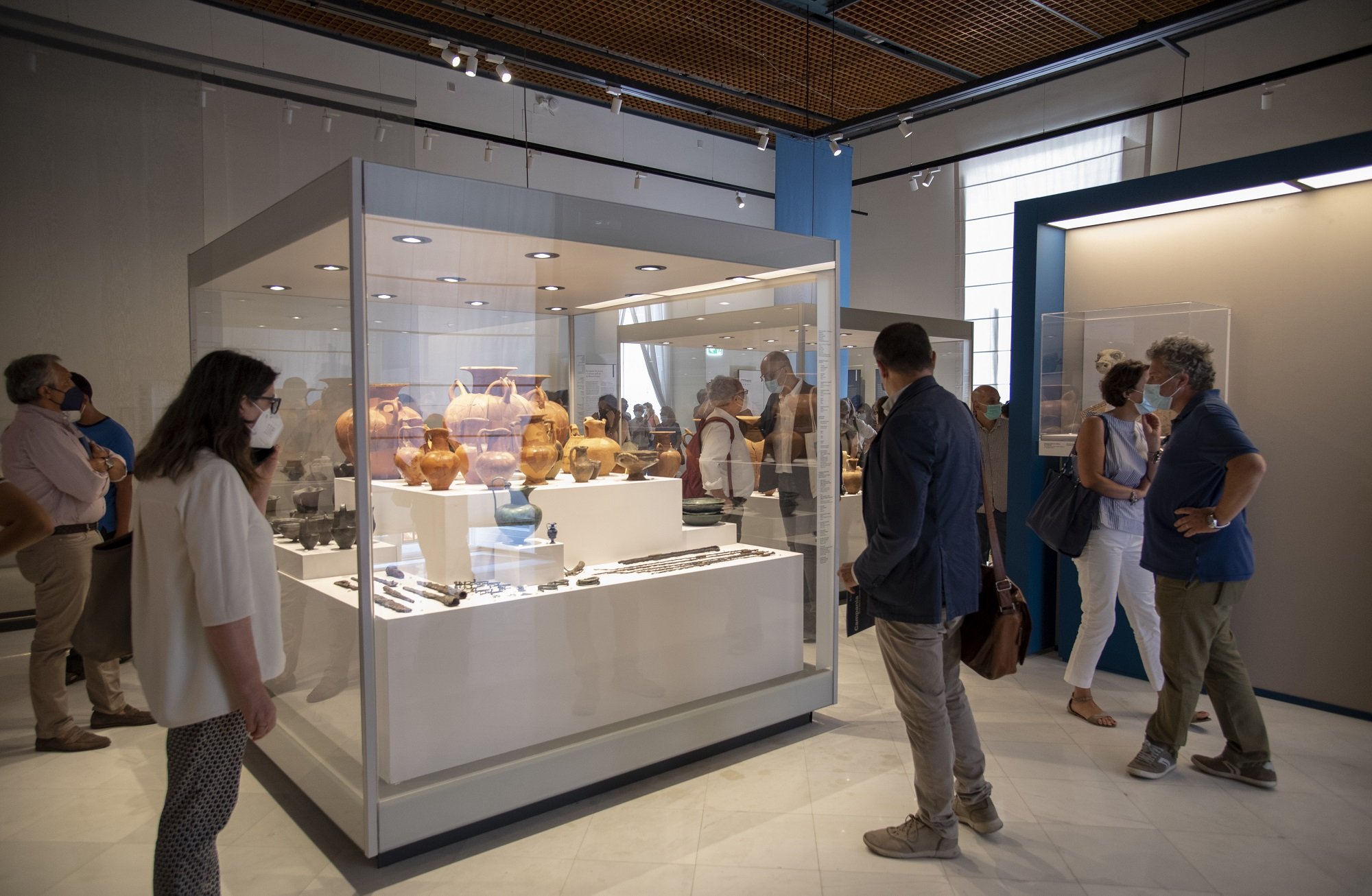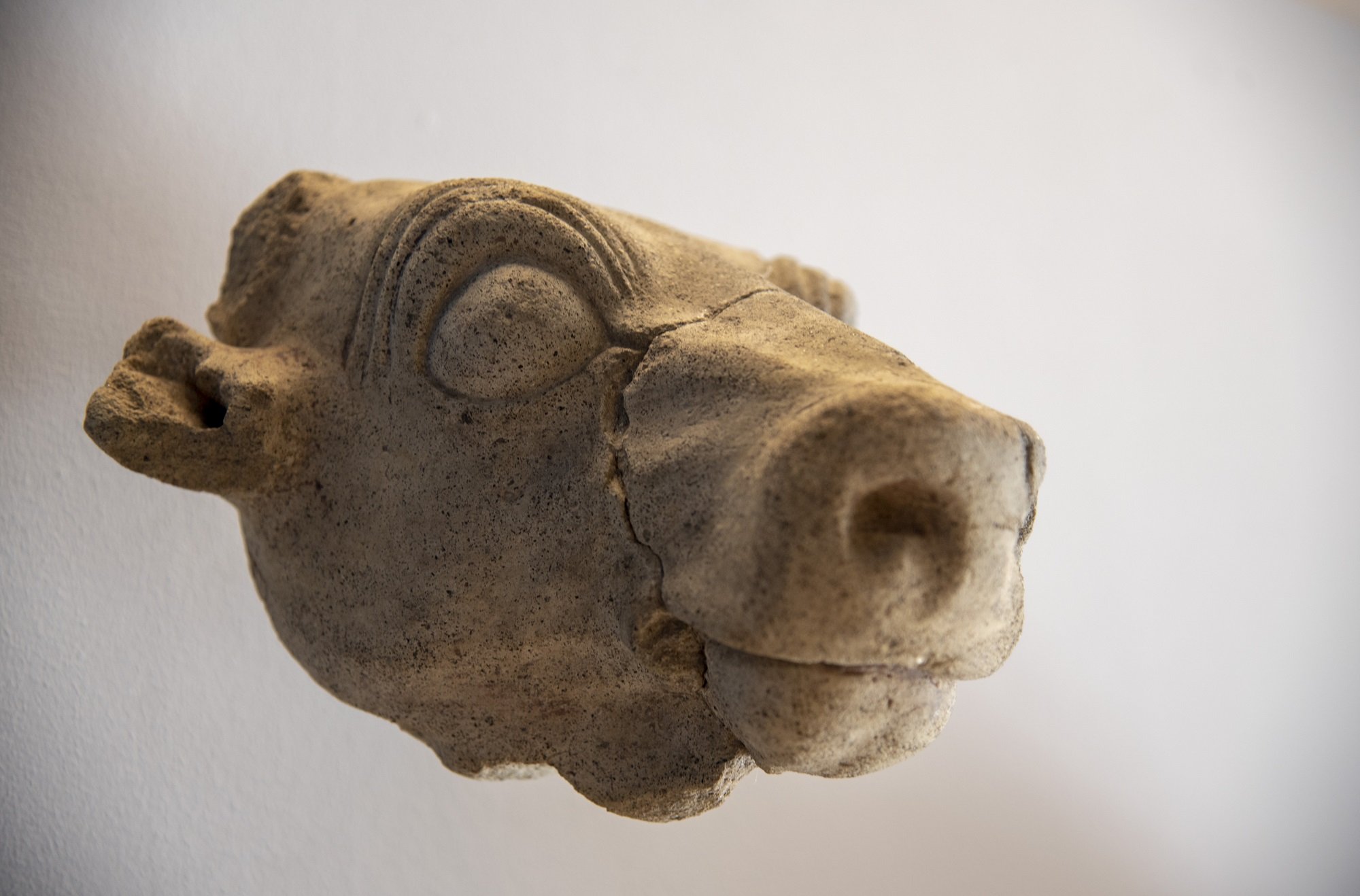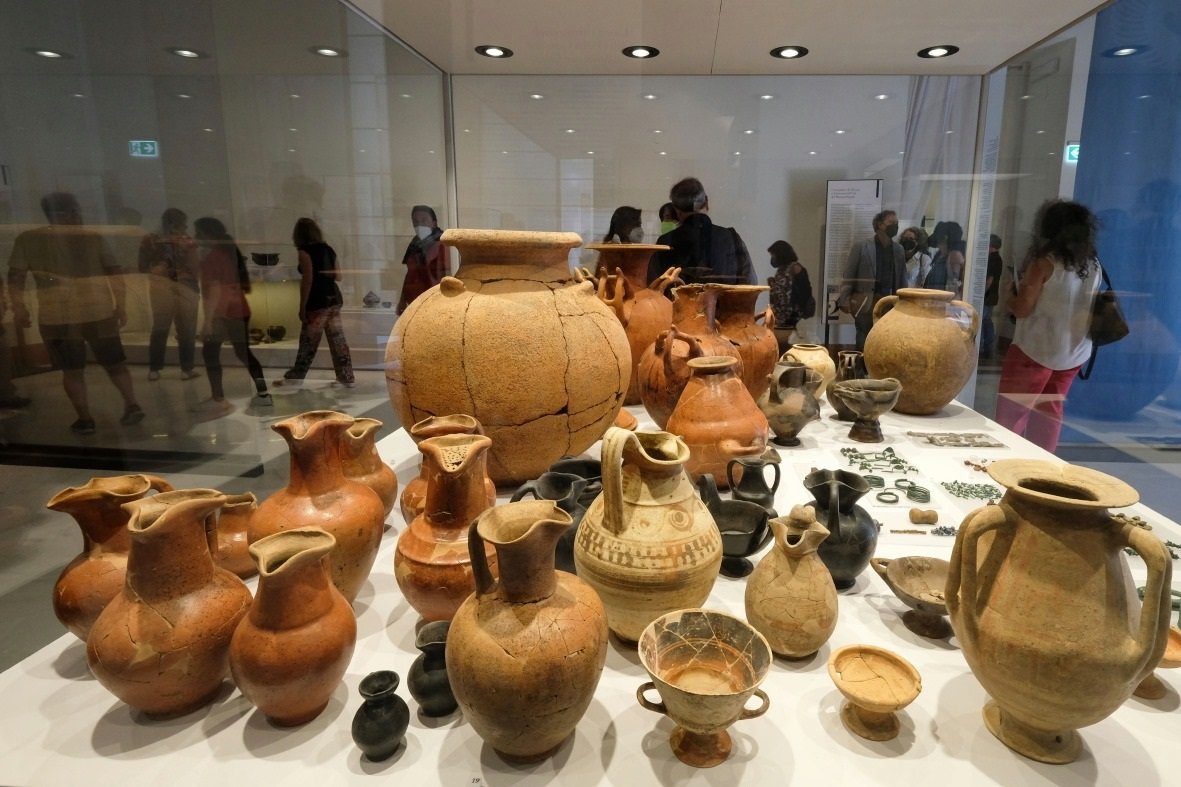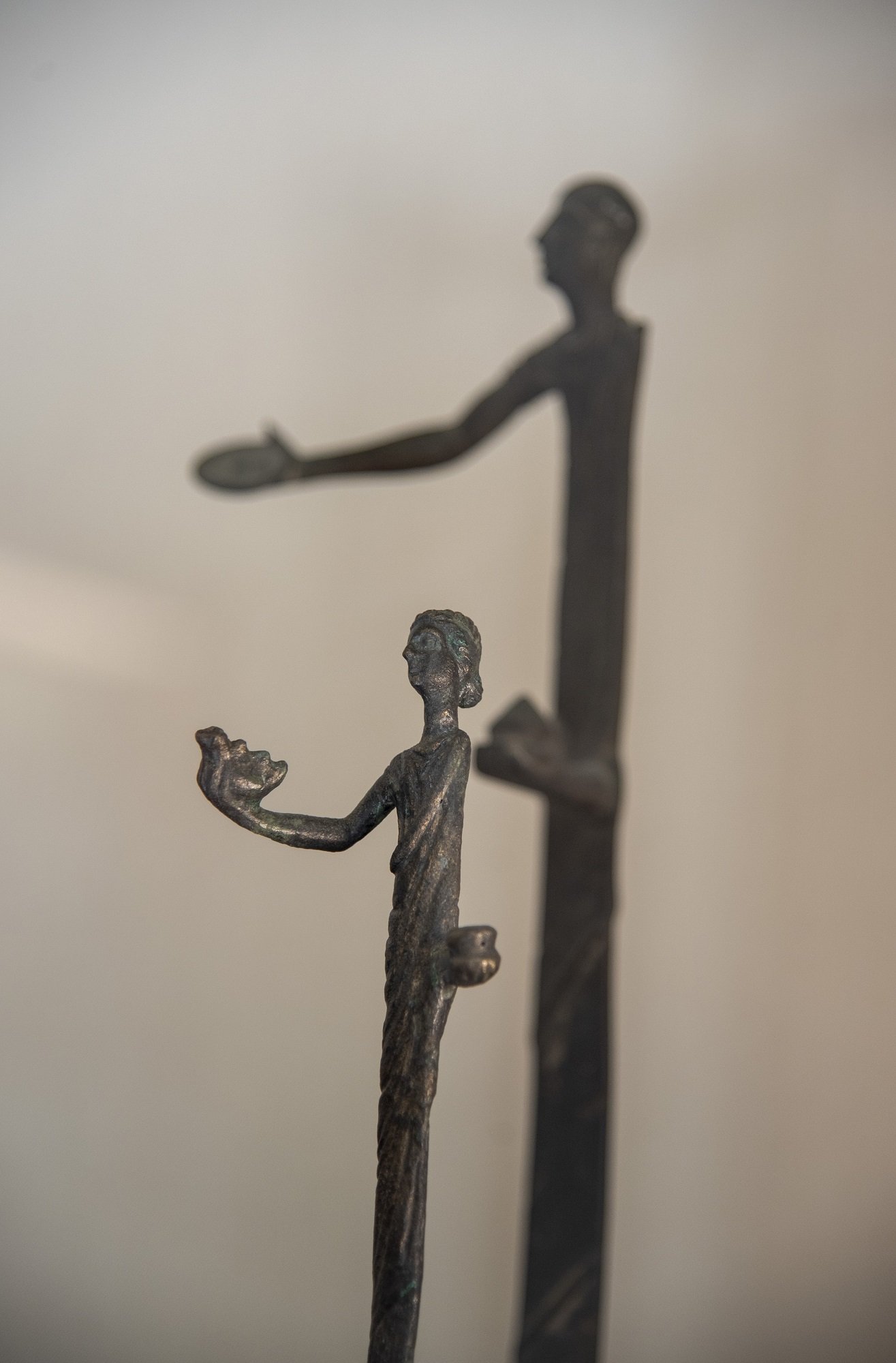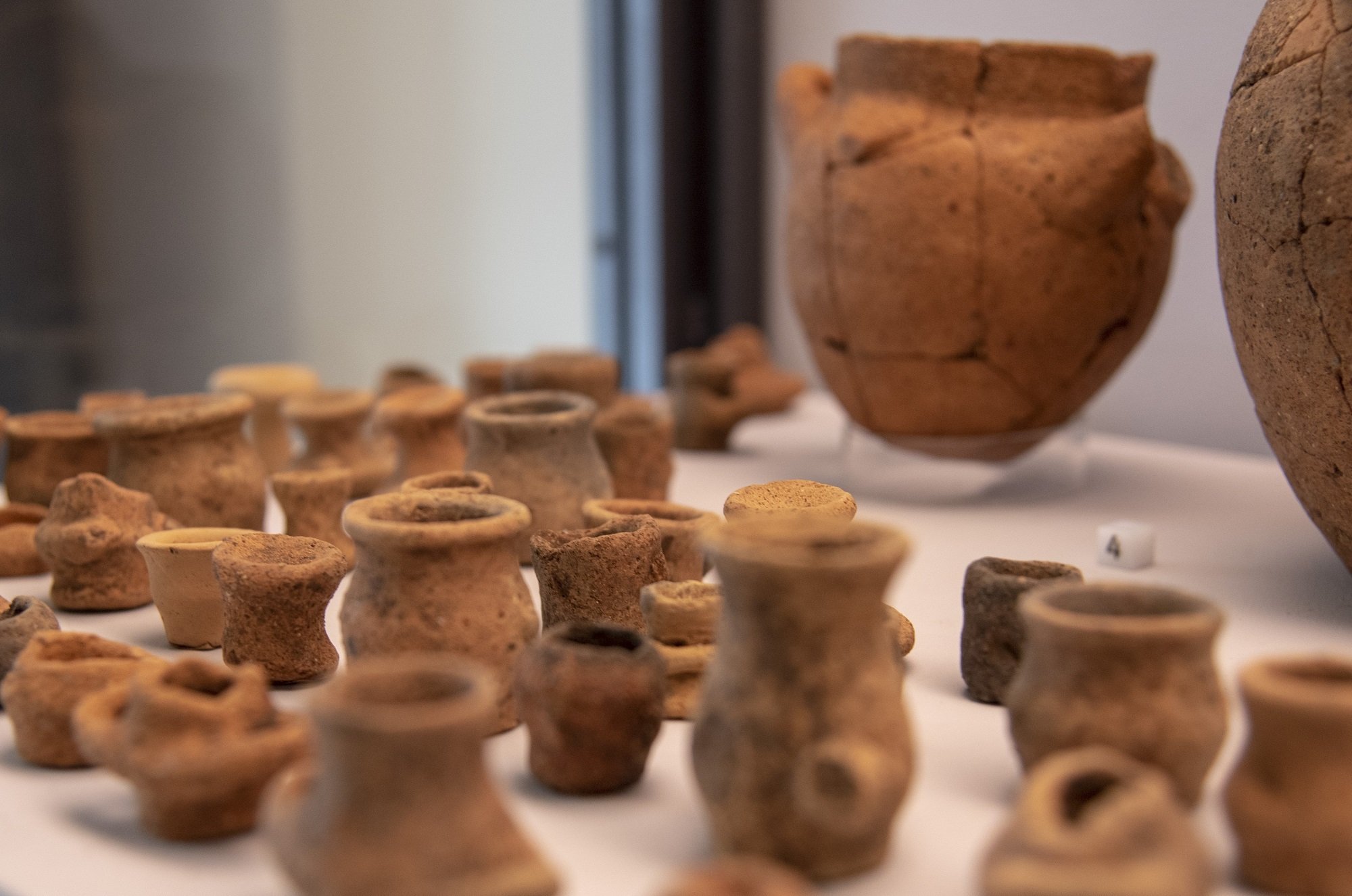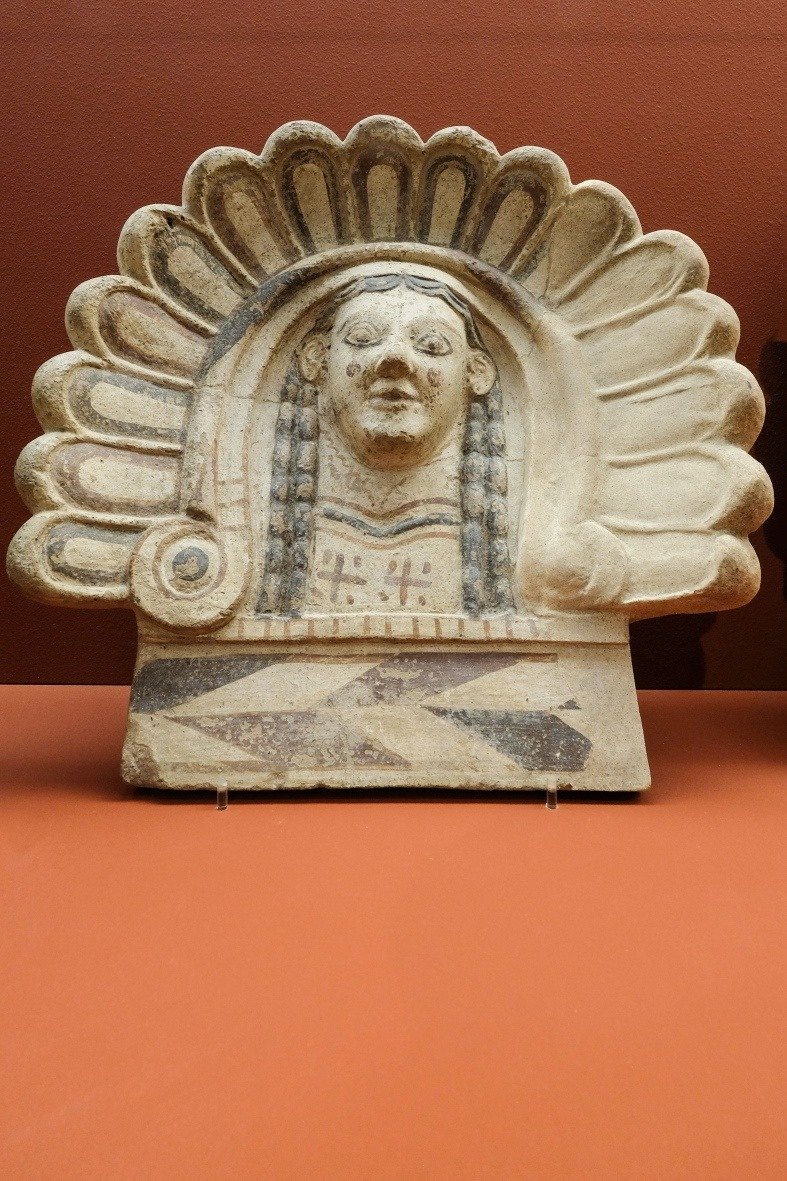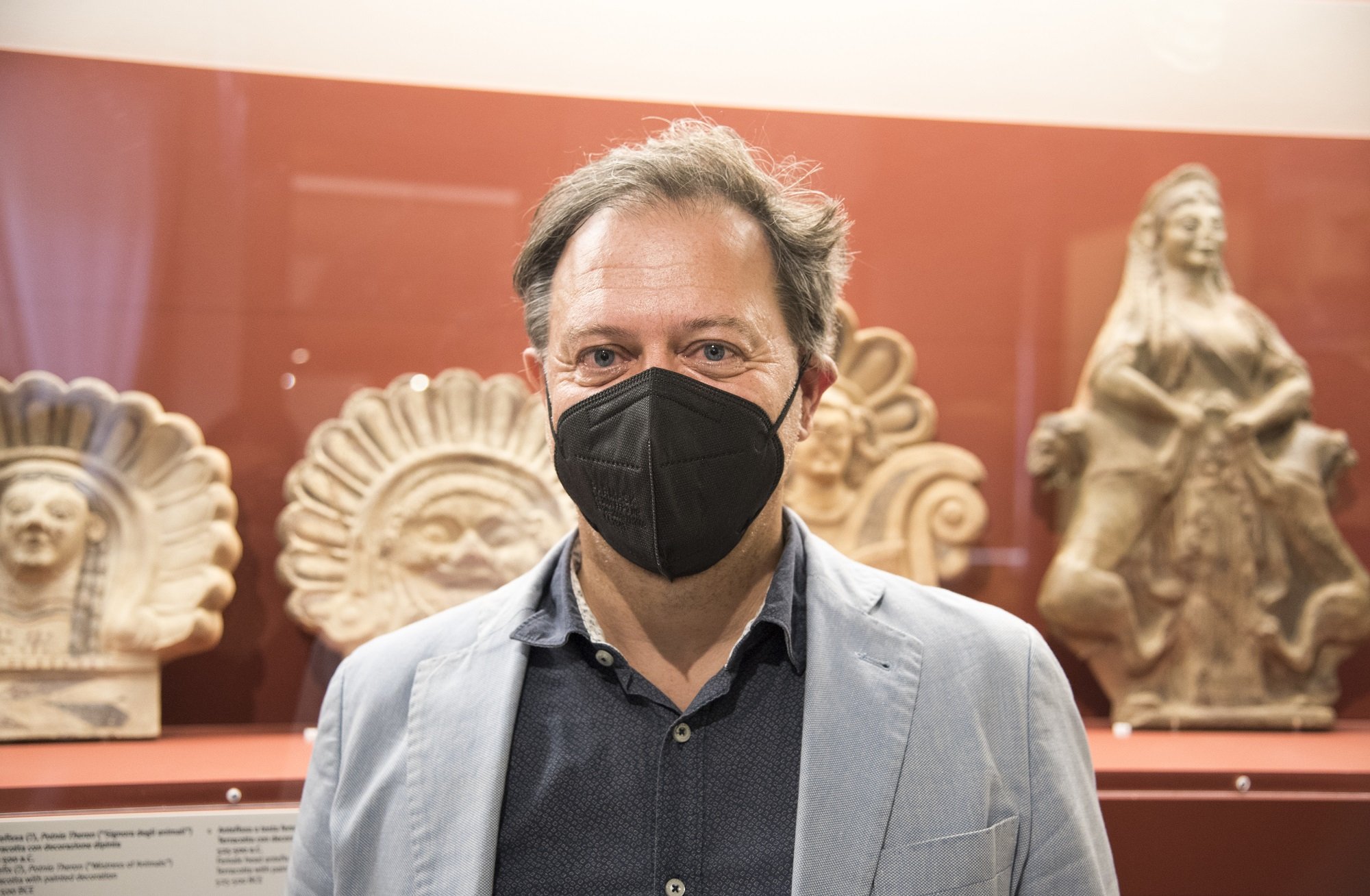Webb’s First Deep Field. Thousandsof galaxies flood this near-infrared, high-resolution image of galaxy cluster SMACS 0723. Credit: NASA, ESA, CSA, STScI
Researchers at Saint Mary’s University and the University of Toronto have identified what could be clusters that contain the first and oldest stars in the universe.
The researchers used the James Webb Space Telescope (JWST) to identify the most distant globular clusters ever discovered. These dense groups of millions of stars may be relics that contain the first and oldest stars in the universe. The early analysis of Webb’s First Deep Field image, which depicts some of the universe’s earliest galaxies, is published today in The Astrophysical Journal Letters.
In the finely detailed Webb’s First Deep Field image, the researchers zeroed in on what they’ve dubbed “the Sparkler galaxy,” which is nine billion light years away. This galaxy got its name for the compact objects appearing as small yellow-red dots surrounding it, referred to by the researchers as “sparkles.” The team posited that these sparkles could either be young clusters actively forming stars—born three billion years after the Big Bang at the peak of star formation—or old globular clusters. Globular clusters are ancient collections of stars from a galaxy’s infancy and contain clues about its earliest phases of formation and growth.
From their initial analysis of 12 of these compact objects, the researchers determined that five of them are not only globular clusters but among the oldest ones known.
“JWST’s made-in-Canada NIRISS instrument was vital in helping us understand how the three images of the Sparkler and its globular clusters are connected,” says co-author Dr. Marcin Sawicki, Canada Research Chair in Astronomy and professor in the Astronomy and Physics Department at Saint Mary’s. “Seeing several of the Sparkler’s globular clusters imaged three times made it clear that they are orbiting around the Sparkler galaxy rather than being simply in front of it by chance.”
Dr. Marcin Sawicki
Dr. Sawicki worked with a team of researchers from the Canadian NIRISS Unbiased Cluster Survey (CANUCS) team, including colleagues from at the University of Toronto and a group of six postdocs and students at Saint Mary’s.
“The oldest clusters we found formed when the universe was just a few percent of its current age. The stars they contain must be almost as old as the universe itself!” says SMU postdoctoral fellow Dr. Vicente Estrada-Carpenter who worked on the NIRISS data as part of the team. “Our results show the amazing power of Webb when combined with that of gravitational lensing to study the distant universe in unprecedented detail” adds SMU team member Dr. Guillaume Desprez. “We are excited about the discoveries that will come when Webb observes five more galaxy clusters as part of the CANUCS program.”
The Milky Way galaxy has about 150 globular clusters, and how and when exactly these dense clumps of stars formed is not well understood. Astronomers know that globular clusters can be extremely old, but it is incredibly challenging to measure their ages. Using very distant globular clusters to age-date the first stars in distant galaxies has not been done before and is only possible with JWST.
Until now, astronomers could not see the surrounding compact objects of the Sparkler galaxy with the Hubble Space Telescope (HST). This changed with JWST's increased resolution and sensitivity, unveiling the tiny dots surrounding the galaxy for the first time in Webb’s First Deep Field image. The Sparkler galaxy is special because it is magnified by a factor of 100 due to an effect called gravitational lensing — where the SMACS 0723 galaxy cluster in the foreground distorts what is behind it, much like a giant magnifying glass. Moreover, gravitational lensing produces three separate images of the Sparkler, allowing astronomers to study the galaxy in greater detail.
JWST will observe the CANUCS fields starting in October 2022, leveraging JWST data to examine five massive clusters of galaxies, around which the researchers expect to find more such systems. Future studies will also model the galaxy cluster to understand the lensing effect and execute more robust analyses to explain the star formation histories.
Collaborating institutions include Canada’s National Research Council, York University and institutions in the United States and Europe. The research was supported by the Canadian Space Agency and the Natural Sciences and Engineering Research Council of Canada.



